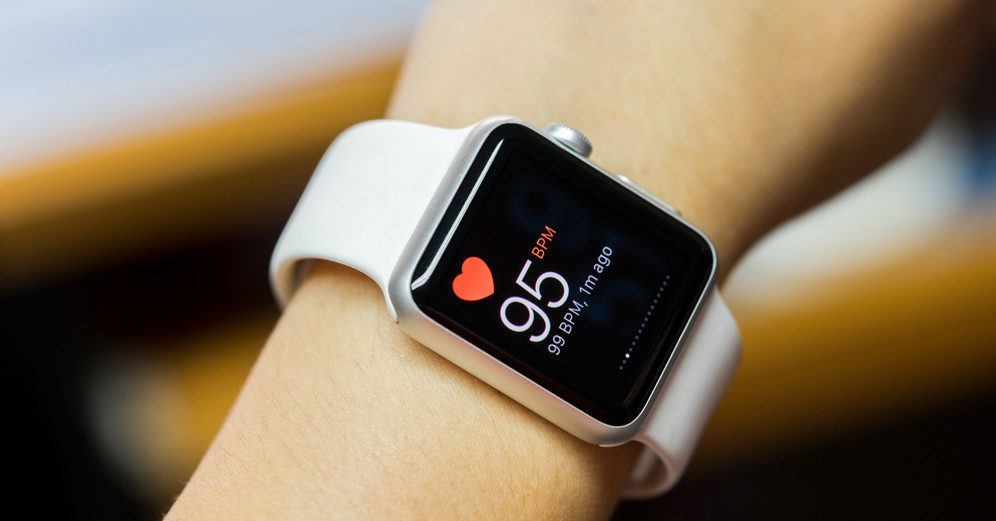The past year has further solidified the case for various kinds of healthcare solutions. Continued lockdowns across Australia have become the catalyst for new technologies and enhancements to existing technologies.
Many of us have experienced these developments first hand. If you had had a pathology test, interoperability would have come into play when the pathologist sent your results to your GP. Perhaps you began monitoring your heart rate on your smartwatch and brought this data to your doctor on your next visit.
Needless to say, it has been another exciting year for watching healthcare technology develop. Below, I take a look at some of the MedTech trends that shaped 2021.

Interoperability
Interoperability delivers real-time benefits to healthcare
Healthcare organisations often leverage various systems in their everyday operations, and they need all of them to operate in sync so healthcare providers can deliver better care. Healthcare interoperability ensures that each of these systems communicates in real-time so that healthcare practitioners have the latest information about a patient at their fingertips.
Interoperability saves time by automatically filling gaps in a patient’s history through interconnected healthcare systems. Patients benefit from a unified healthcare system that does not require repeating their medical history, remembering past treatments or medications taken.
Mistakes or delays can create adverse events or readmissions when moving patients from a hospital. Healthcare interoperability delivers data that covers a patient’s entire healthcare journey and allows physicians to plan for optimal transitions of care.
How FHIR further delivers on these benefits
FHIR (Fast Healthcare Interoperability Resources) is a standard that enables healthcare organisations to share data more efficiently. It builds on the messaging protocols that have already existed in healthcare for some time by offering a customisable, adaptable engine and standard integration methods.
The benefits that a FHIR integration engine brings to healthcare include:
- Cost control: It simplifies administrative healthcare tasks through automation and standardises healthcare data across systems.
- Monitoring and alerting: You can configure your FHIR integration engine to alert your team of any issues.
- Information sharing: It facilitates the smooth exchange of test results, treatments, allergies, medications, etc.
- A single integration solution: FHIR consolidates your team’s HR, business, and financial information platforms.
- Leverages web applications: FHIR ensures secure and standardised data exchange by leveraging web APIs. It ensures that healthcare professionals can access the data they need, no matter the operating system or software they use.

Wearable devices
Wearable sensors integrate with AI
Wearable devices have continued to increase in prevalence throughout 2021, with little sign of slowing down in the future. The Apple Watch has boasted new features for monitoring vitals, and the latest Oura Ring delivers improved sleep monitoring capabilities.
Healthcare wearables deliver advantages to practitioners and patients due to their mobility, accuracy, and ease of use. If the patient chooses that option, wearable devices collect data for delivery to the wearer and healthcare professionals. Artificial intelligence (AI) can accelerate recovery after a hospital discharge by recording doctors’ vitals to monitor and deliver medication reminders for patients.
Furthermore, with AI in heart monitors and smartphone apps, clinicians can monitor heart conditions remotely, allowing them to detect early signs of structural heart disease and identify heart murmurs.
Wearable devices support practitioners and patients
Some of the benefits of wearable devices in healthcare are that they can update doctors electronically on patient data, give real-time feedback of vitals, and link medical professionals to share more accurate patient information. Wearable fitness trackers and smartwatches have increased their capabilities in monitoring patient vitals, which helps doctors keep an eye on patients with chronic conditions. Doctors can then analyse that data to decide whether a patient’s health is improving or deteriorating.
Wearable devices that track a patient’s vitals create a benchmark to help doctors detect early symptoms of chronic diseases. If a wearable device recognises symptoms associated with chronic diseases, it can inform the patient and encourage them to see a healthcare practitioner. Doctors can access the information tracked by the device and leverage the report to inform the patient’s diagnosis. The earlier a doctor can diagnose a patient, the sooner they can create a treatment plan.

The hospital in the home
Healthcare technology reimagines personal health management
The healthcare industry has remained focused on life-saving medical equipment, from the invention of ECG to the evolution of pacemakers. The 60s and 70s saw further advances in high-end diagnostic equipment such as CT and MRI machines. Today, new developments in healthcare technology focus primarily on the actual customers of healthcare: the patients.
In 2021, new healthcare solutions catered to doctors and specialists’ needs to transform how healthcare practitioners diagnose and treat patients. It is now time to focus on transforming the healthcare experience for the patients.
How remote patient monitoring supports at-home healthcare
2021 saw the continued trend of remote patient monitoring facilitating at-home healthcare. Remote patient monitoring can assist patients in improving their health and complement the usual care that healthcare practitioners offer. Healthcare professionals can leverage patient data to monitor specific patterns, inform clinical research and disease prevention.
For people that live with diabetes, obesity, or heart disease, these digital solutions lessen the number of times they need to visit the doctor’s office or the hospital for regular checkups. Though it reduces the number of visits a patient makes to the hospital, it does not decrease the demand for healthcare. Rather, it improves healthcare access and improves data quality.
Fluffy Spider provides consulting on corporate healthcare solutions
We develop integrated software systems for connected, interoperable digital healthcare. Our solutions manage the electronic health information journey from devices to the cloud and medical record systems.
We implement solutions in the cloud and the clinic to make health data secure and available when and where you need it. Our experienced team can bring together your devices, telehealth systems, EHRs and other patient management software to ensure each platform works together and delivers frictionless health.
High-quality commercial software requires a dedicated team with relevant experience. We can work with you through the entire process, from concept to commercialisation. Visit our Advisory and Consulting page to learn more about our capabilities and solutions.

